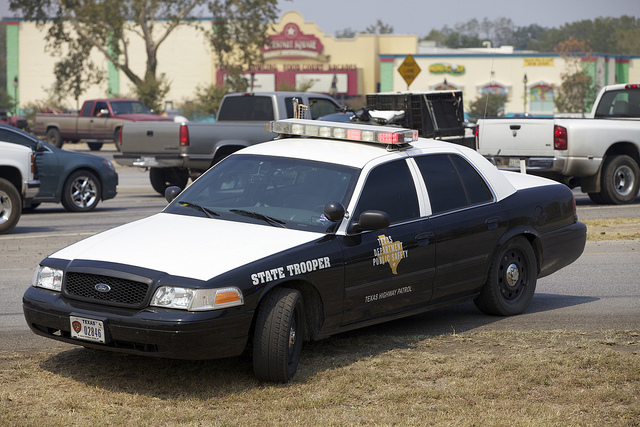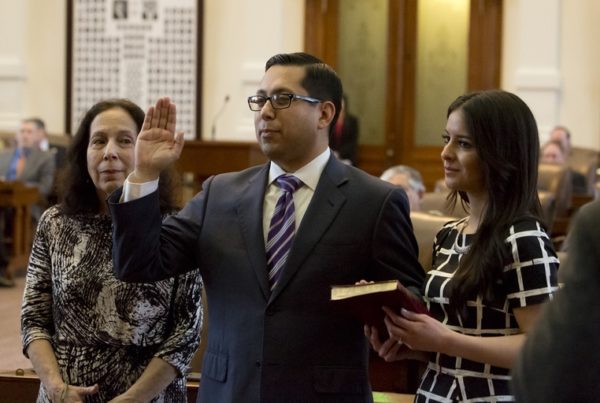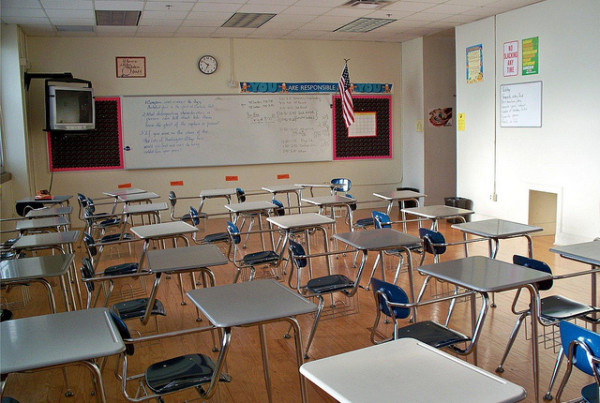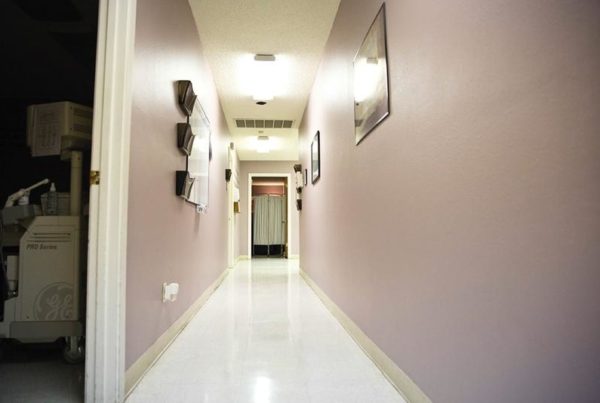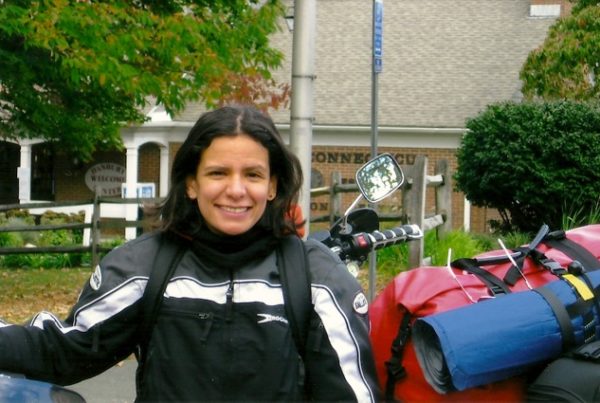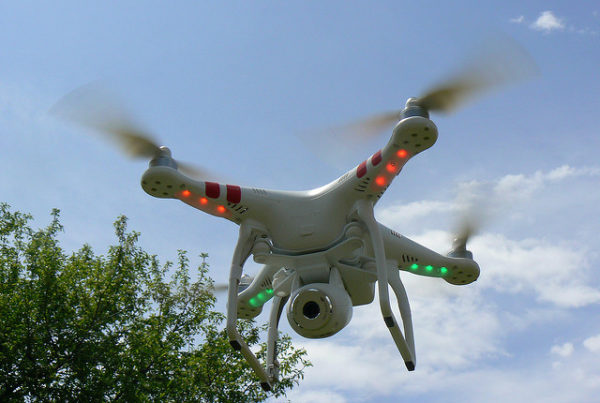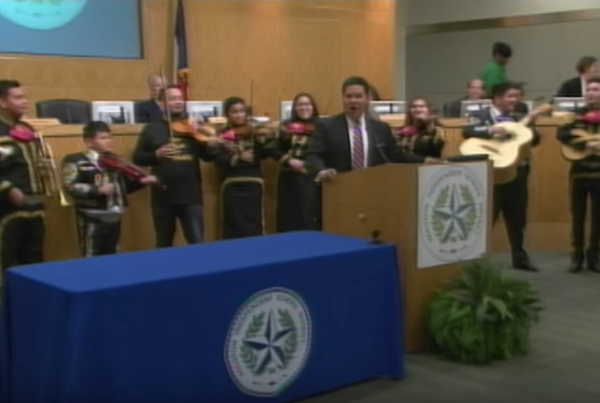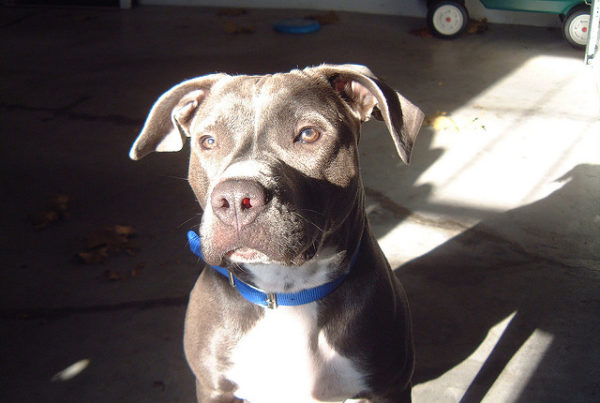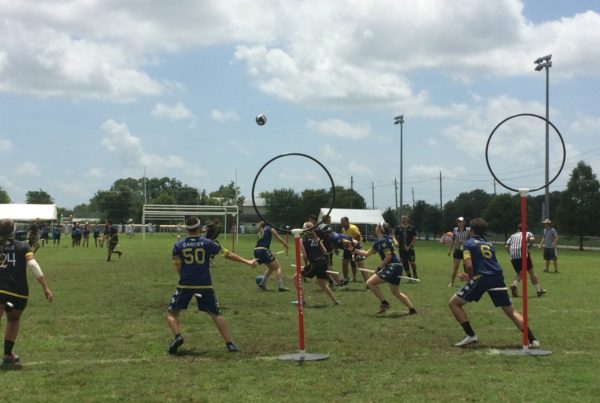The Texas Department of Public Safety is asking for $1 billion to fund its border operations next year. But the state comptroller has been issuing warnings about a possible need for budgetary belt tightening.
But the department says it needs the money to buy new border cameras, replace aging vehicles, buy two helicopters, four planes and, perhaps most significantly, double the number of troops at the border – upping the number of troops at the border to 500.
Carlos Sanchez, executive editor of the McAllen Monitor, says over the years, funding for border operations has increased significantly. Between the 2014-15 biennium and the 2016-17 biennium, the appropriation went from about a half-million dollars to $840 million. The newest request would push it to the $1 billion mark.
“By the time Gov. Abbot was inaugurated into office, border security became such a catchphrase among the leadership here in Texas that it went with relative ease,” Sanchez says.
However, Sanchez says besides boosting the number of troopers, it hasn’t been very clear to residents of the Rio Grande Valley how DPS will increase security.
“From our perspective here in the Valley, it would seem an opportune time to get a better sense from DPS leadership of the tactical plan they suggest by using this,” he says.
Already, troopers park along roadways – sometimes mere blocks apart.
“There are moments along the highway where you will see a state trooper parked literally one mile apart,” Sanchez says. “And then you get closer to Rio Grande City, which is a little bit more urbanized and state trooper patrol cars are parked a block apart.”
Some in the Valley question the need for such a heavy police presence, saying they may not have enough to do now, much less if they add more troopers to patrols.
“If they’re doing something, they’re doing it very quietly,” Sanchez says. “What is visible to the public, and what raises the concerns of so many people in the Rio Grande Valley, is they’re simply parked a mile apart along major thoroughfares in this area.”


